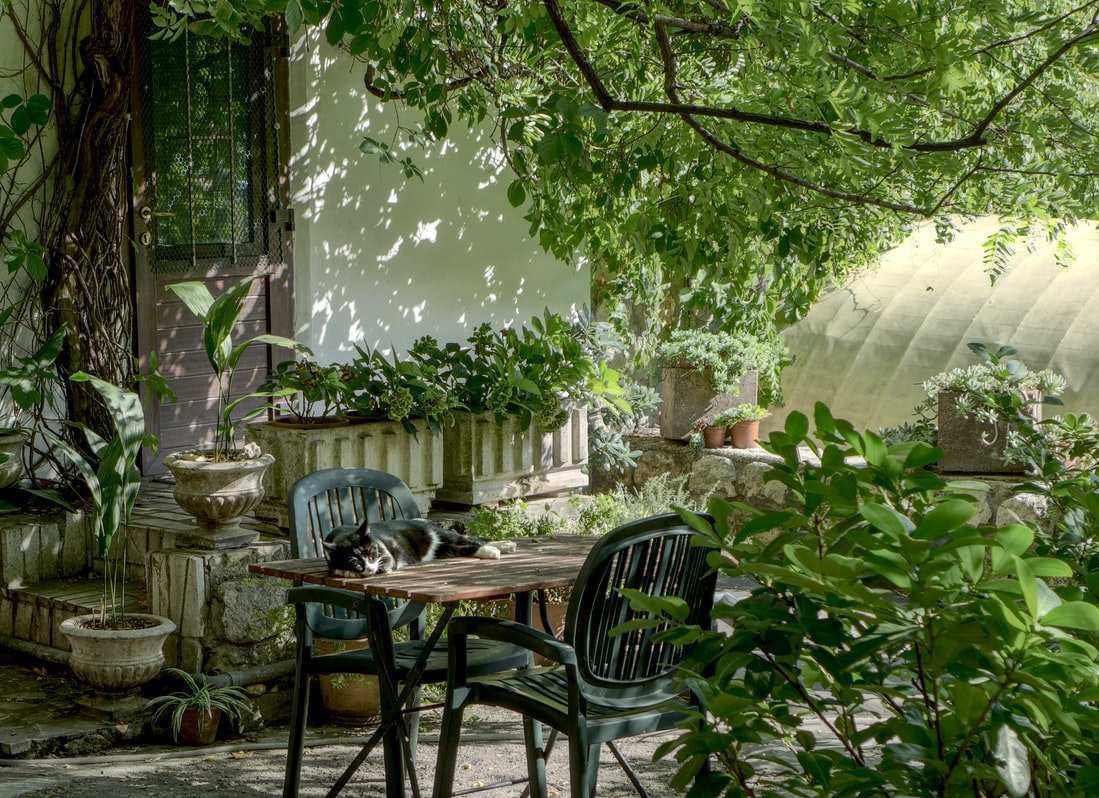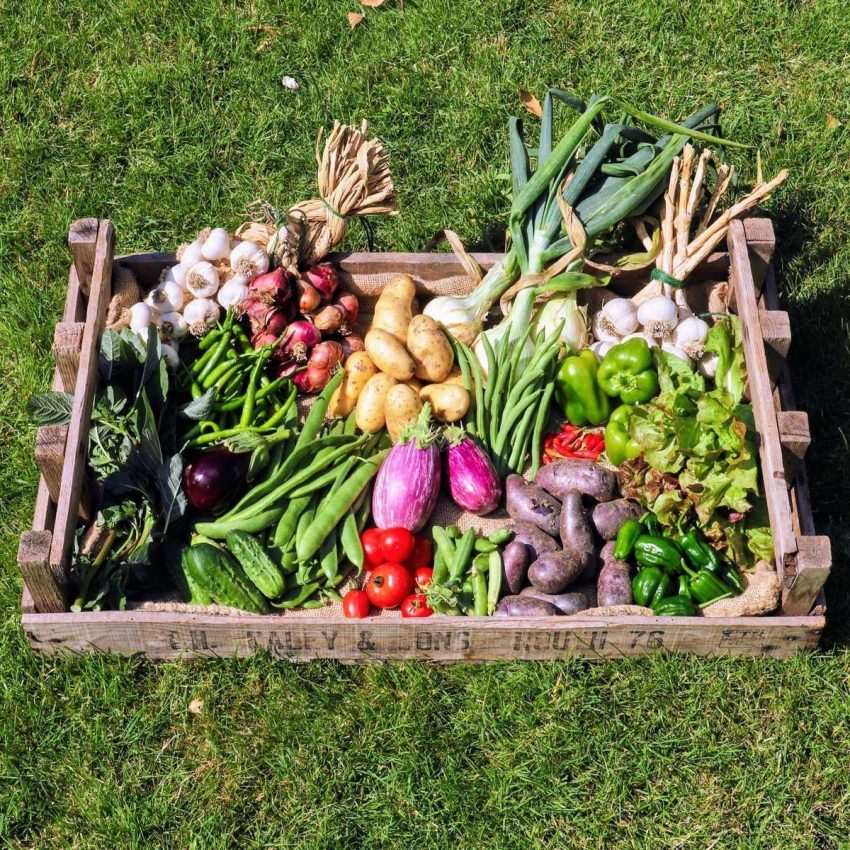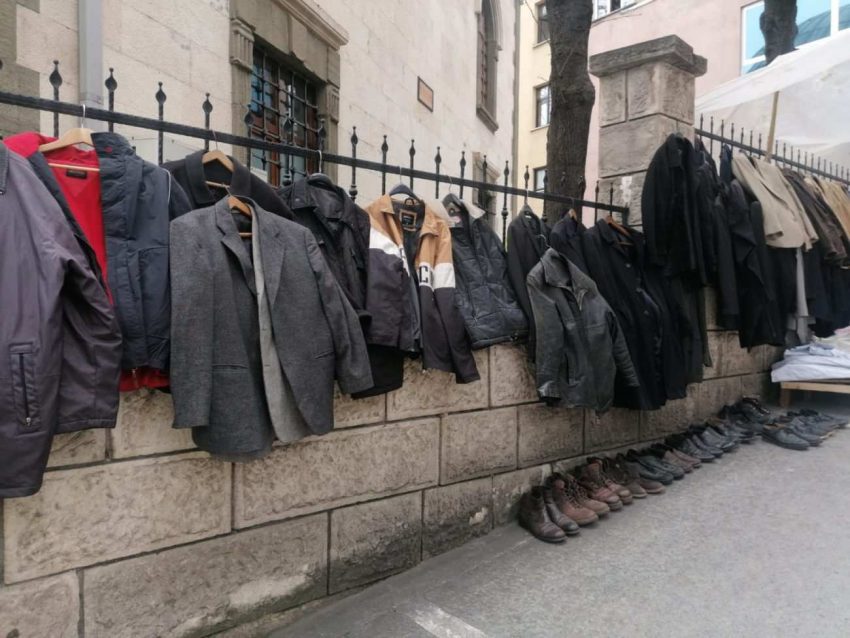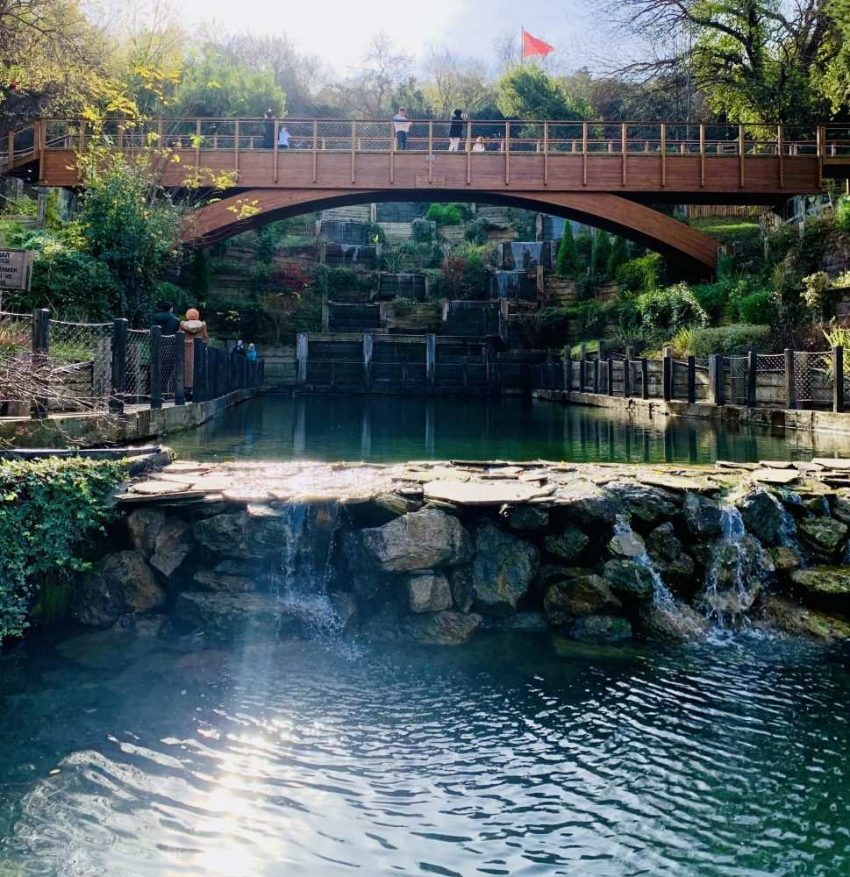Titles
This post is also available in:
![]() Türkçe
Türkçe
Landscape Architecture and Plant Use
When using plant material in the study of landscape architecture, along with the principles of design, the dendrological characteristics of plants should also be taken into account. Plants used and designs made without taking into account dendrological features can lead to incorrect results. Because plants are dynamic beings, they react differently according to the seasons and the ecology they are in. Each plant has a different visual effect and aesthetic value depending on the size, shape, color, texture characteristics. The functional properties of plants also differ according to their dendrological characteristics. Without having detailed information about the plants, the choices made only by looking at their pictures in the catalogs will not give the right results.
Grouping of Plant Material
Plants used in landscape design are divided into three groups: annual, biannual, perennial according to their lifespan and habitus characteristics.
Annual Plants
Plants that complete their vegetative and generative development within a year, end their life after creating seeds, and can produce them with seeds in subsequent years are called annual plants. For example, petunia, steamboat smoke, marigold, fireflower, zinnia
Biennial Plants
Plants that complete their vegetative development, that is, leaf and shoot development in the first year, show generative development in the second year, end their life at the end of the second year, and are produced by seed in the following years are called biannual plants. For example, foxglove, snapdragon, foxglove, hosnuyusuf
Perennial Plants
Perennials, even if the above-ground part dries up at the end of the vegetation period, form new shoots with root or underground organs at the beginning of the next vegetation period. Examples include some herbaceous plants such as chrysanthemums, carnations, and woody plants such as trees, treetops, and shrubs.

What is dendrology?
The branch of science that studies the size, form, color, texture, characteristics of woody plants and their cultivation techniques is called Dendrology. Dendrological features of plants have a very different psychological effect on the appearance of space. For example, the psychological effect that white poplar, which has pyramidal development, has on humans is different from the panicle willow, the branches of which hang down. Scattered, soft-topped trees create a feeling of peace and comfort in a person, while trees with dark green leaves that develop in the form of columns and pyramids, especially create fear, respect and discipline in a person. Yesilmaz. But when they are used too much, they have monotony, annoying effects. Trees with a panicle form, which are kept in solitary form or in small numbers in green areas, give a person a feeling of peace, closure to the inner world and sadness. Yesilmaz the colors of plants also have a psychological effect on humans. For example, brightly colored leafy plants give happiness and joy to people, while dull and dull-colored green trees create inner distress.

Dendrological properties of plant material
When using plant material, it is of great importance to know its ecological properties, as well as its properties such as size, shape, color effect and texture. It is a very important element that the plants that will be used when designing will develop in accordance with the geography of design and application. Because if the plant does not show the desired development, the effect of the design decreases. For this reason, we should know the dendrological properties and ecological properties of plants well.
Size is an important feature when choosing plants in design. Because the size of the plant directly affects the scale of the design.
In terms of size, we can collect plants in 7 heads.
Large Trees are the group of plants with the largest scale. Their height is 15 meters and more.

Small Trees (Treetops) are distinguished from large trees by the fact that they have a shorter trunk. they are plants that can be dec 4-8 meters tall.
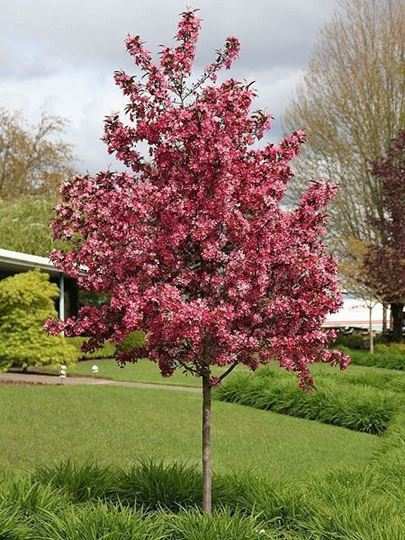
Large Shrubs are plants that grow no more than 3-5 meters tall. The difference between them and small trees is that the bushes are dec that can branch without giving the trunk length.

Medium Shrubs; They are plants that can be dec between 1.5-2 meters. It has functions such as providing privacy, visual control, wind control.
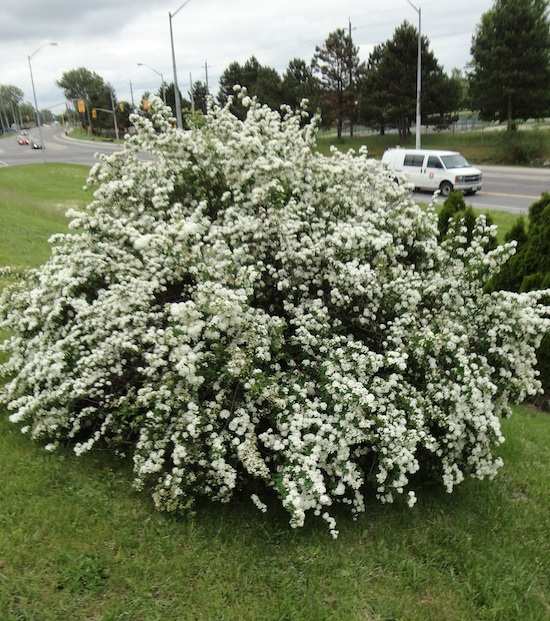
Small Shrubs are plants that reach a height of 1-1.5 meters or less. Small shrubs are shrubs that provide a transition between medium and decumbent shrubs.

Stunted Shrubs are plants that can be dec 30-100 cm apart, are at the level of a sitting person. They are plants that can be used for outdoor construction with small shrubs that do not interfere with vision.

Ground coverers are the smallest group of plants in terms of size. It is a group that can usually be 30 cm tall, very close to the soil surface, almost conjoined development.

Topiary Art: It is the art of giving the desired shape to the plant with the pruning technique when it comes to changing the natural form of a plant and making the desired form in the composition.
Classification of forms in plants
Form; Another important element in plant design is form. In general, the form of a plant arises under the influence of hereditary influences and ecological conditions. The basic form of a plant depends on its natural growth. The difference in plant species reveals different forms in different ecologies. there are 8 plant forms.
Oval-shaped ; Robinia Pseudoacacia
Columnar shaped; Taxus Baccata (Common Badger)
Large – spreading form ; Malus Floribunda (Ornamental Apple)
Round – Globular form ; Fagus Sylvatica (European Beech)
Picturesque-Landscape-shaped ; Bonsai Plants Sequoia Sempervirens (Coast Redwood)
Drooping form ; Salix Babylonica (Panicle Willow)
Creeping – spreading form ; Juniperus Sabina Tamarixifolia (Culture Juniper)
- Picturesque-Landscape-shaped ; Bonsai Plants
Trees can be given as an example.
The Element of Color in the Selection of Plants
It is one of the design elements that affects people the most. It is the color that best indicates whether the plants are suitable for the place where they grow. The color effect varies depending on the ecological conditions. Depending on the color used, a warm or cold effect also appears in the design. Even if the effects dec different between people, the psychological effects of color on people are generally the same.
In the landscape, almost everything is expressed in color. in the use of color, the flowers, leaves, stems, colors of plant material, plants that create a color effect with their leaves in autumn (dendrological properties) should be well known.
The Element of Texture in Plant Selection
In plant design, texture is the totality of the size and arrangement of branches, shoots or leaves, the length of the petiole, as well as their characteristics that vary depending on the season, such as coarseness, thinness, hardness, softness, weight, lightness, thickness, thinness.
The texture allows the designer to add interestingness and variety to the herbal composition.
Plants can be examined in 3 groups according to their texture characteristics, Thin, medium and coarse;
Coarse Texture, these plants give the feeling that they are approaching the sensor due to their properties. For example, it can be Platanus Orientalis (Eastern Sycamore), Aesculus Hippocastanum (Horse Chestnut).
Medium tissue plants, on the other hand, are more transparent and less powerful in terms of silhouette than coarse-textured plants. For example, it can be Melia Azedarach (Rosary Tree).
Fine-textured plants have completely opposite properties of coarse-textured plants. They are soft and gentle in appearance. For example, it may be Parkinsonia Aculeata (Pheasant Acacia).
I wish you all a pleasant reading in this article where I mentioned the importance and features of using plants for the profession of landscape architecture. Undoubtedly, our focus and task is nature and our ability to protect and maintain it. In doing so, I wanted to touch on the topic so that we would be aware and know the reasons. I hope it adds something to everyone.
